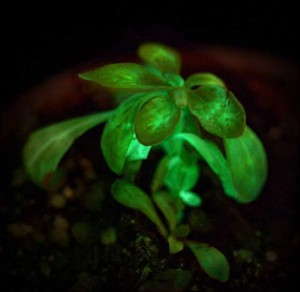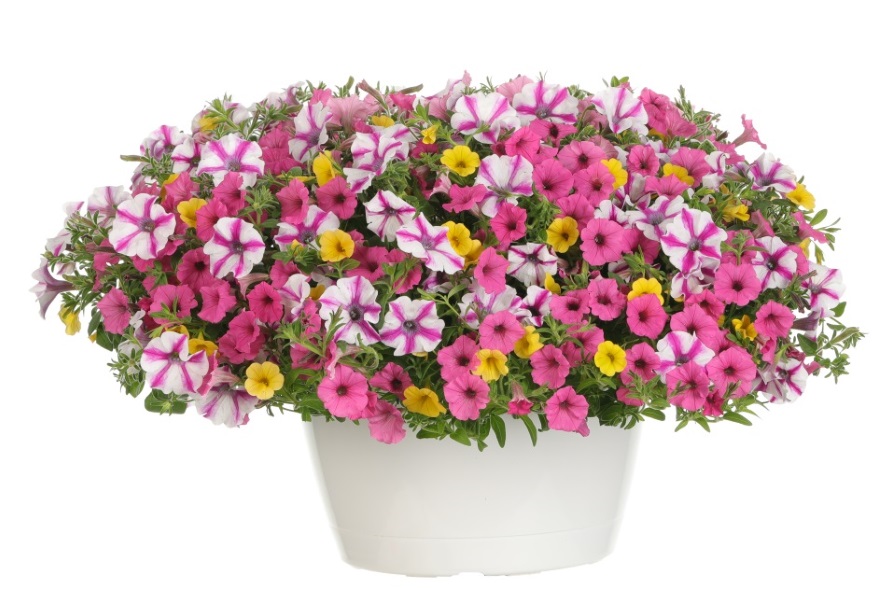‘Starlight Avatar,’ The World’s First Light-Producing Plant, To Be Auctioned By Bioglow

Nicotiana ‘Starlight Avatar’ from Bioglow is the world’s first light-producing plant.
‘Starlight Avatar,’ the first autoluminescent plant, is about to hit the market from biotechnology company Bioglow. But the light-producing plant is only available in a limited quantity of 20 plants, which will be auctioned off to the public via the Bioglow website.
‘Starlight Avatar’ is a nicotiana plant with a two- to three-month lifespan. Light emitted from ‘Starlight Avatar’ is described as comparable in strength to starlight, with a dim, ambient glow that is best-appreciated in a darkened room.
Opening bids will start at $100 per plant and buyers will be required to purchase plants under a limited-use license, thereby agreeing to use it for “personal, ornamental, non-research and non-commercial use only.”
Bioglow was founded by molecular biologist Dr. Alex Krichevsky, who has worked for more than six years to develop the world’s first autoluminescent or light-producing plants. Krichevsky’s original work was first published in a 2010 article in PLoS One, an international, peer-reviewed science journal. Greenhouse Grower covered his research in the 2010 article, “Glowing Plants: The Next Big Opportunity.”
According to Bioglow, several plants have been described as having a glowing effect over the past 30 years; however, these plants were either painted with dye, required chemicals or needed ultraviolet light to induce a temporary light emission effect. Bioglow claims its plants are the first “autonomously luminescent,” or autoluminescent, plants that emit light on their own without the need for chemicals or UV light.
“Similar to fireflies and other luminous organisms found in nature, the autoluminescent plant’s light emission machinery is encoded on a cellular level, allowing the plant to constantly emit visible light during its lifecycle,” the company’s website explains. “Bioglow’s work is dedicated to bringing a cleaner, sustainable and affordable plant-based light alternatives to the world.”
Next steps for the company include continued work on producing additional glowing plant varieties and enhancing the light output on future Bioglow plants. Currently, plants emit blue-green colored light, and additional colors including yellow and red may be introduced in the future. Bioglow envisions the use of its plants for lighting backyards, driveways and highways, among others.










